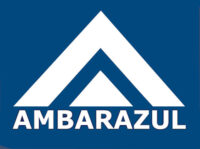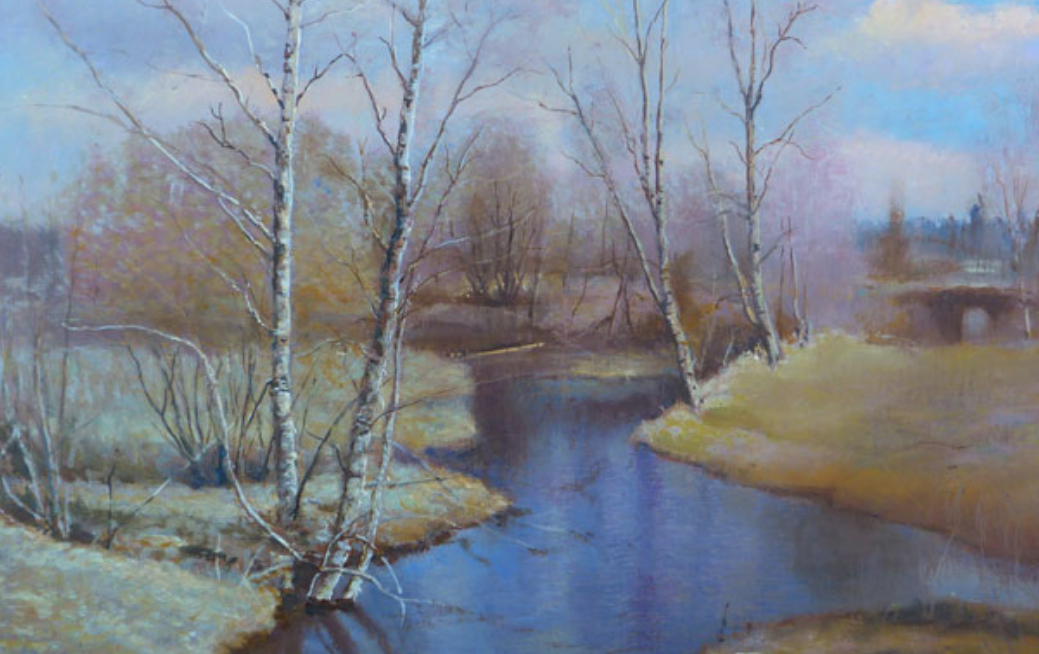
Moskow School of Painting
The traditional Russian painting is one of the world’s most important schools of thought. Through generations, artists and artists’ ideas of teachers have been passed on to students. To this day, Russia produces outstanding works in technical perfection and with love for the subject.
This generally acknowledged high quality of traditional Russian painting is all the more amazing considering the fact that icons were created exclusively in this country for more than 800 years. With the opening to the west at the time of Peter the Great, the timid transition from egg-tempered wood on wood to the oil painting on canvas took place in the first foremost portraits. But it was not until the beginning of the nineteenth century that the subject of content and style could be talked about free painting. However, there was still a deficit of pictorial knowledge. This should change in the following decades.
In a fast-paced learning process, the Russian artists became knowledgeable about the Italian, Spanish, German and Dutch masters already since the renaissance. This development is already evident in the works of Alexander Ivanov, Pavel Fedotov and Ivan Aivasovsky. The abandonment of the old classicist ideals, which was arranged at the Imperial Academy in St. Petersburg, founded in 1765, allowed the Russian painters to connect with their Western colleagues. The artists left their dusty studios and painted in the open. Learning the laws of atmospheric depth and the interplay of light and shadow brought about rapid changes. The color palette was brighter and brighter. The emphasis was on the use of detail painting.
The group “Wanderer” was formed by the great figures of Sawa Mamontow and Pawel Tretyakov. With its national contributions from 1874 to 1923 for the art departments of the world exhibitions in the most important European metropolises, the triumph of the Russian school began.
The objectives of this group were: sincerity, truth, reality and modernity. Its prominent members were: Alexei Sawrasov, Vasily Perov, Ivan Shishkin, Ivan Kramskoy, Vasiliev Poland, Vasily Surikov, Ilya Repin, Valentin Serov, Vladimir Makovsky, Isaak Lewitan, Archip Kuindschi, Viktor Vasnetsov, Konstantin Korovin, Mikhail Wrubel and Mikhail Nesterov.
The founding of the group “Wanderer” marked the start of a unique period of intensive exchange of ideas and experiences between the artists of Western and Eastern Europe. Henri Matisse noted with astonishment at Surikov’s work Bojarin Morosowa:: “He knew everything.” When Korowin died in Paris in 1939, he was considered one of the best Impressionists ever.


Leningrad School of Painting
On our websites you will find many paintings you may recognize as works of art inspired by The Leningrad School of Painting (Russian: Ленинградская школа живописи). This refers to a group of Soviet painters, who from 1930 to 1950 founded in Leningrad the Reformed Imperial Academy of Fine Arts, unified by the Leningrad Union of Soviet artists.
The history of the Leningrad School covers the period from early 1930 to early 1990s. It’s appearance was the result of the conflict resolution and reflect predominant trends in the development of Soviet art and artisanship at the turn of the 1920-1930s. It was accelerated in April 1932 by political offices of the Central Committee of the Communist Party of the Bolshevik Decree All-Union “on the restructuring of the literature and art organizations”, which among other things for the dissolution of existing literature provided and art organizations and groups and The formation of unified creative trade unions, as well as the farewell in October 1932 by the All-Russian Central Executive Committee and the Council of People’s Commissaries Decree “Reconstruction of the Academy of Arts.” In accordance with the Institute of Proletarian Art it was transformed into the Institute of Painting, Sculpture and Architecture. As the first chairman of the Leningrad Union of Soviet artists was chosen Kuzma Petrov-Vodkin.
Prominent role in the formation of the Leningrad school belongs to the famous Russian artists and art educators, who worked in Leningrad and in the past students of the St. Petersburg Academy of Arts, foremostly Ilja Repin, as well as Pavel Chistyakov, Arkhip Kuindzhi. Others were Isaak Brodsky, Dmitry Kardovsky, Alexander Savinov, Kuzma Petrov-Vodkin, Arcady Rylov, Alexander Matveyev, Alexander Osmerkin, Semion Abugov, Eugene Lanceray, Pavel Shillingovsky, Nikolai Radlow, Konstantin Juon, Pavel Naumov, Boris Ioganson, Alexander Lubimov, Nikolay Punin, Mikhail Bernshtein, Yefim Cheptsov, Ivan Bilibin, Piotr Buchkin, and others.
The term “school” is widely used in the 1920s and 1930s by Dmitry Kardovsky, Alexander Savinov, Isaak Brodsky, and other prominent experts, including in direct and indirect conversations with supporters of the extreme “left” on issues of education and training of young artist in the Reformed Academy. The terms “Leningrad school” and “Moscow school” in terms of the already mature independent creativity of the artist and phenomenon in general, has been used in Russian and foreign literature since the late 1980s. This is due to the political and economic changes in the country, and it was possible to discuss the formation of regional differences and art colleges in the fine arts of the period USSR 1930-1980. In the European literature, the term «School of Leningrad» appeared in late 1980 in connection with the well-known series of exhibitions and art auction Russian art «L’Ecole de Leningrad» in France in 1989, 1992, 1994, and 1997. In St. Petersburg there have been several exhibitions with works by artists of the Leningrad school from private collections. In 2007 and 2008, the first monograph on the history and artistic heritage of the Leningrad school was published. “Creativity among the leading masters of the Leningrad and Moscow School of Painting” is included in the program of the entrance examination for admission to art history in graduates of St. Petersburg State University.
Originating in a situation of acute dispute of opinions on how to develop art and arts education in the Soviet Union, the School of Leningrad has made a valuable contribution to the restoration and development of the traditions of national art school and a realistic painting. «The restoration of the continuity of the tradition of the old school in the walls of the Soviet Academy of Arts, – wrote the art historian Olga Rodosskaya, – maintaining the institution in the same capacity today is certainly a unique phenomenon. Especially in comparison with the general trend of the destruction of the traditional European school of art ». One of their most important achievements was the founding in 1930 in Leningrad of a unique system of primary and secondary arts education for children who soon became a model for the whole country. Through their work the Leningrad artists have made a significant contribution to the national visual arts, the formation of aesthetic views and the intellectual world of modern generations. It’s artistic heritage amounts to many thousands of paintings and hundreds of art exhibitions, with “1st Exhibition of Leningrad Artists” in 1935, which already have important events in the cultural life of that era.
The works of the artists of the Leningrad school are represented in the collections of the most important museums in Russia. The work of the artists, the Leningrad school, has enriched all genres and directions of modern art. This gave reason to talk about the traditions and the contributions of the Leningrad school with regard to the development of certain genres of painting, in particular, the Leningrad school of landscape painting. In terms of pictorial and plastic language and images, the Leningrad School kept to the traditions and the common values of European and Russian art. Ideas of humanism expressed by these professional artists, show the national character and the clarity of their culturally informed and quite traditional painters language and made their art of great importance to the epoch and created a wide field for creative experiments.
Read more about a movement called “Peredwishniki” (Wanderer).




